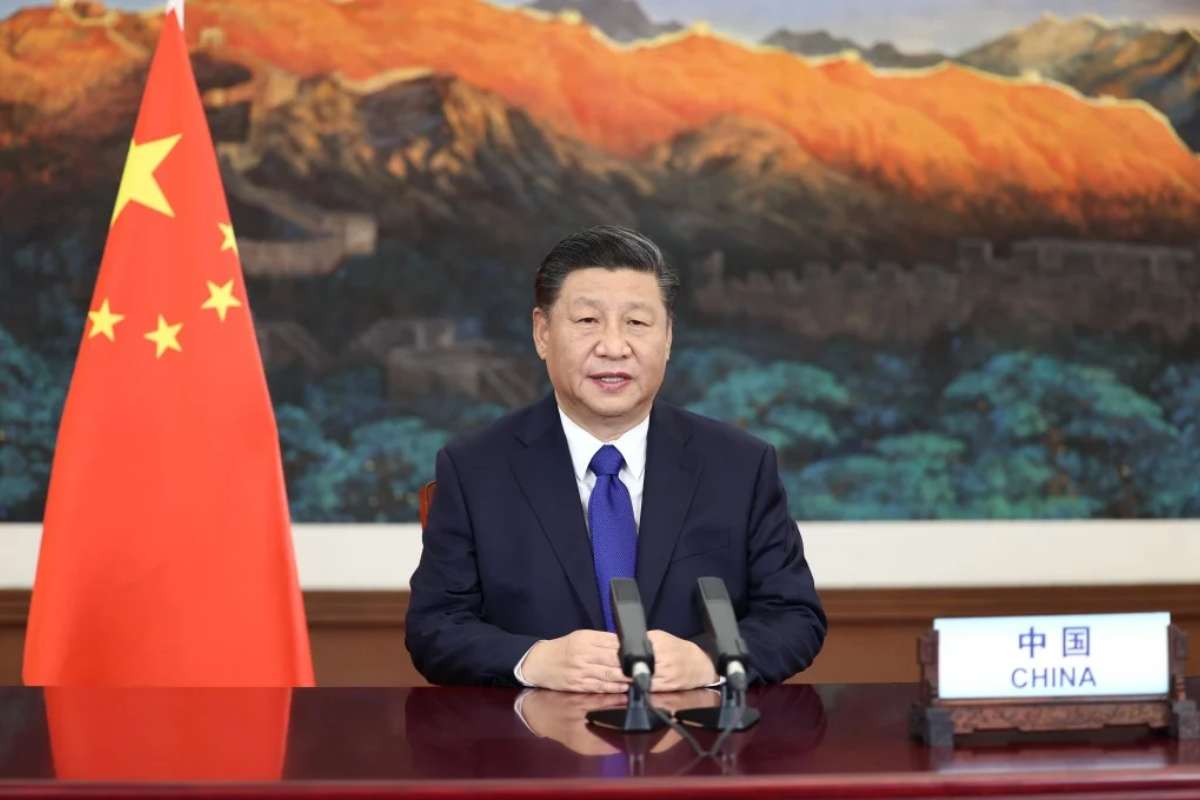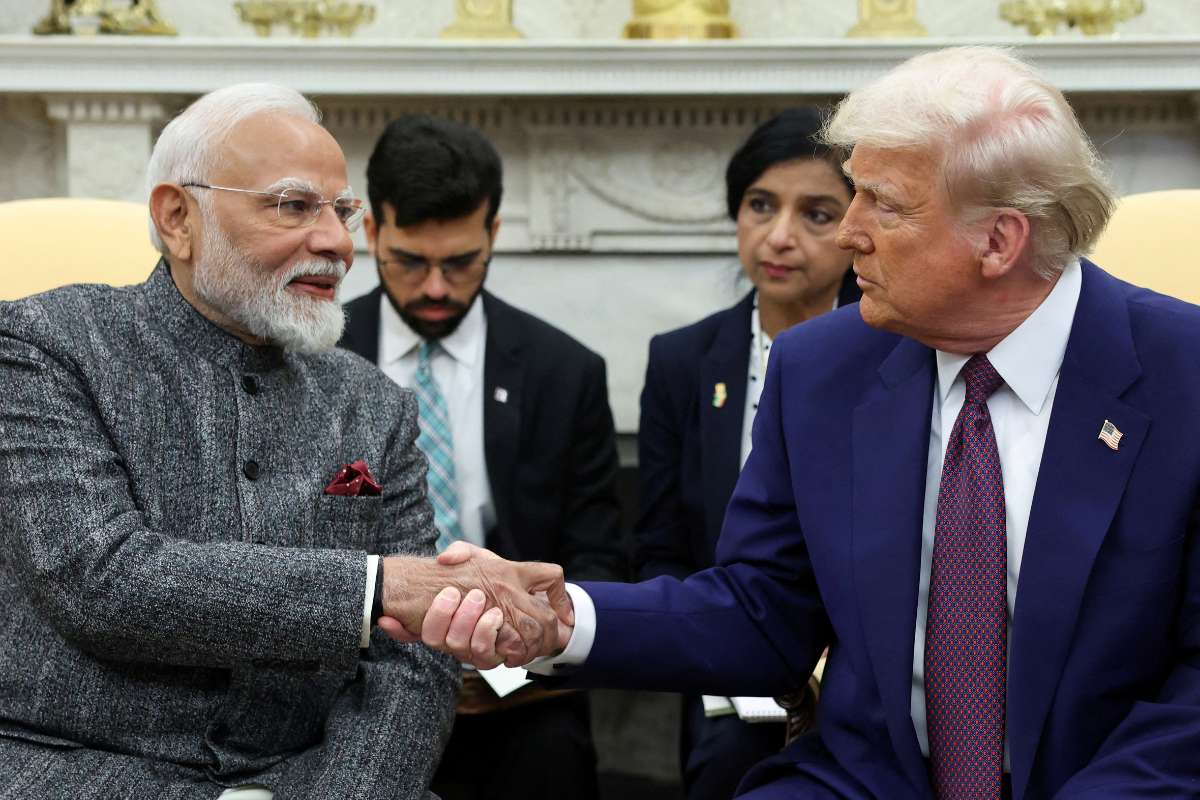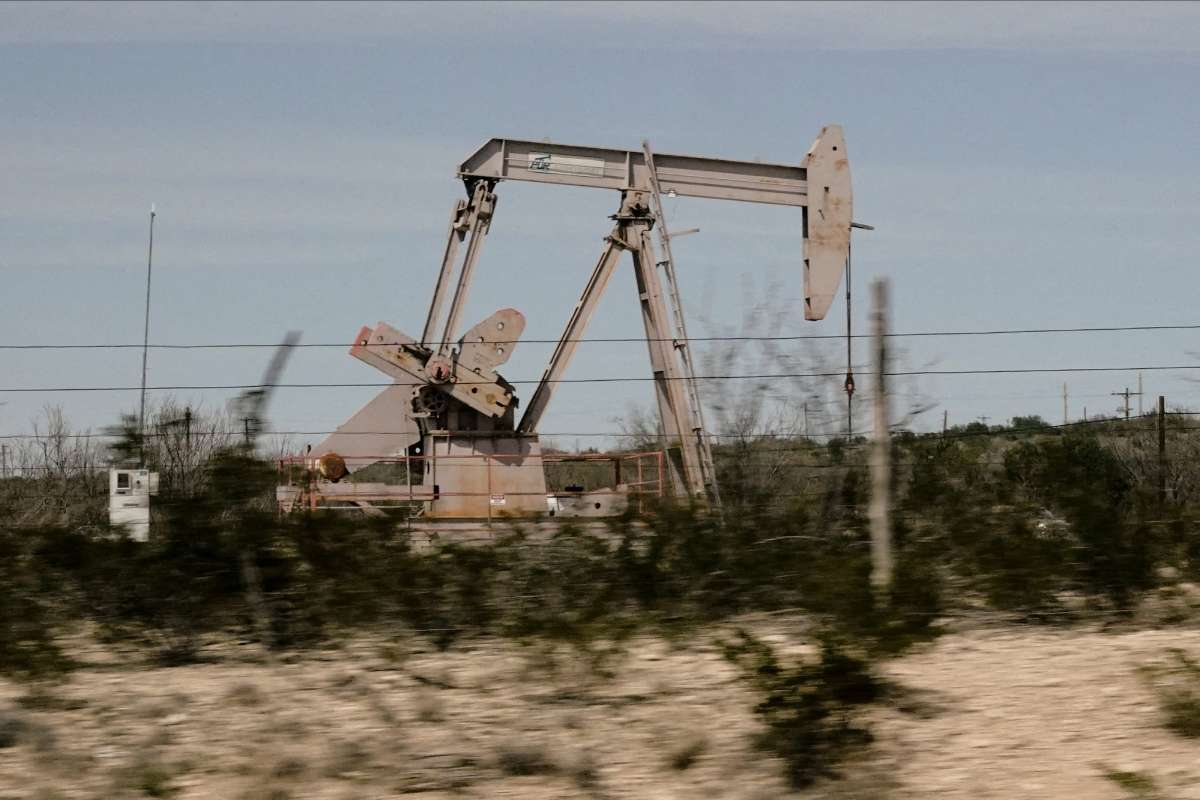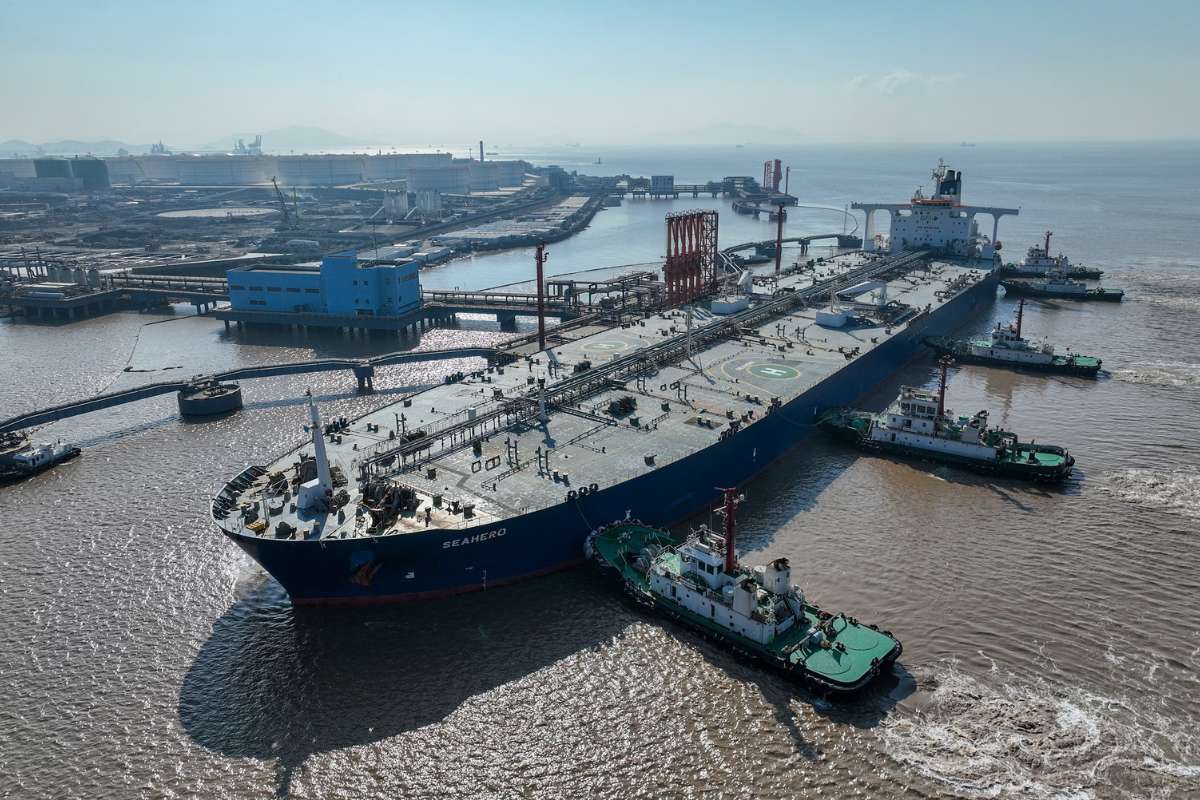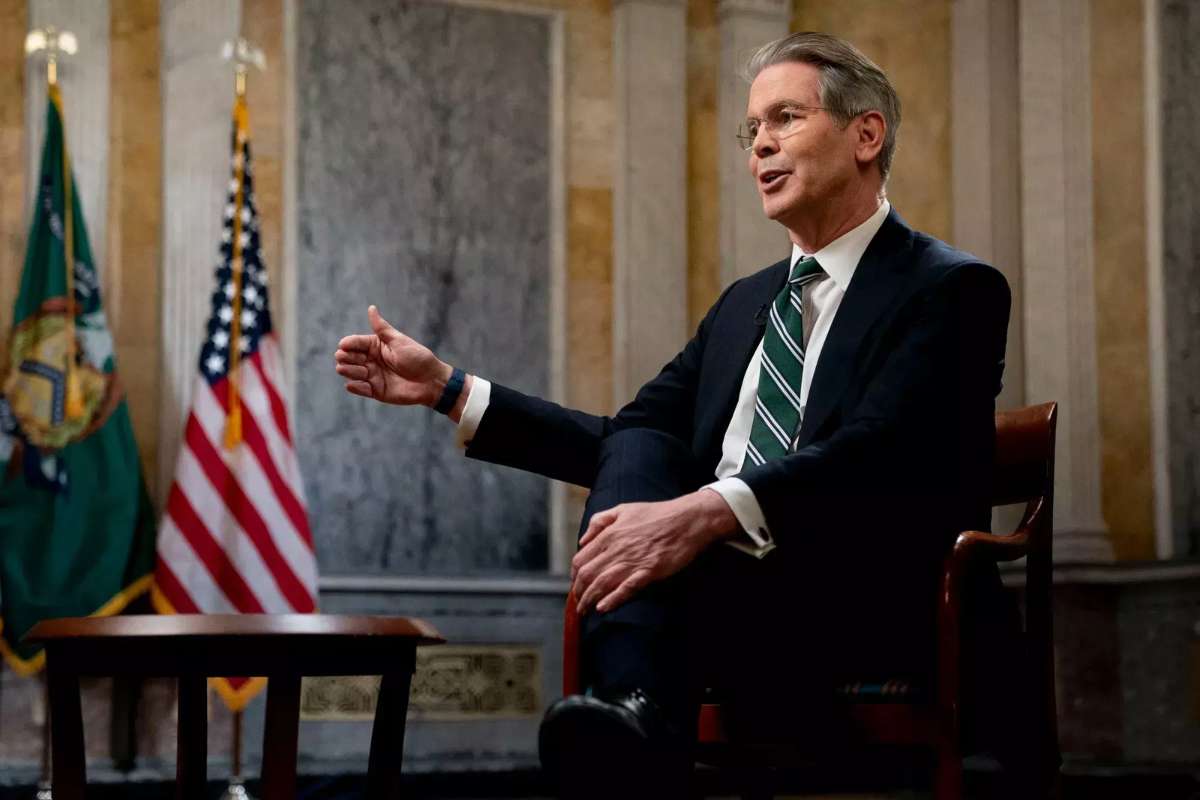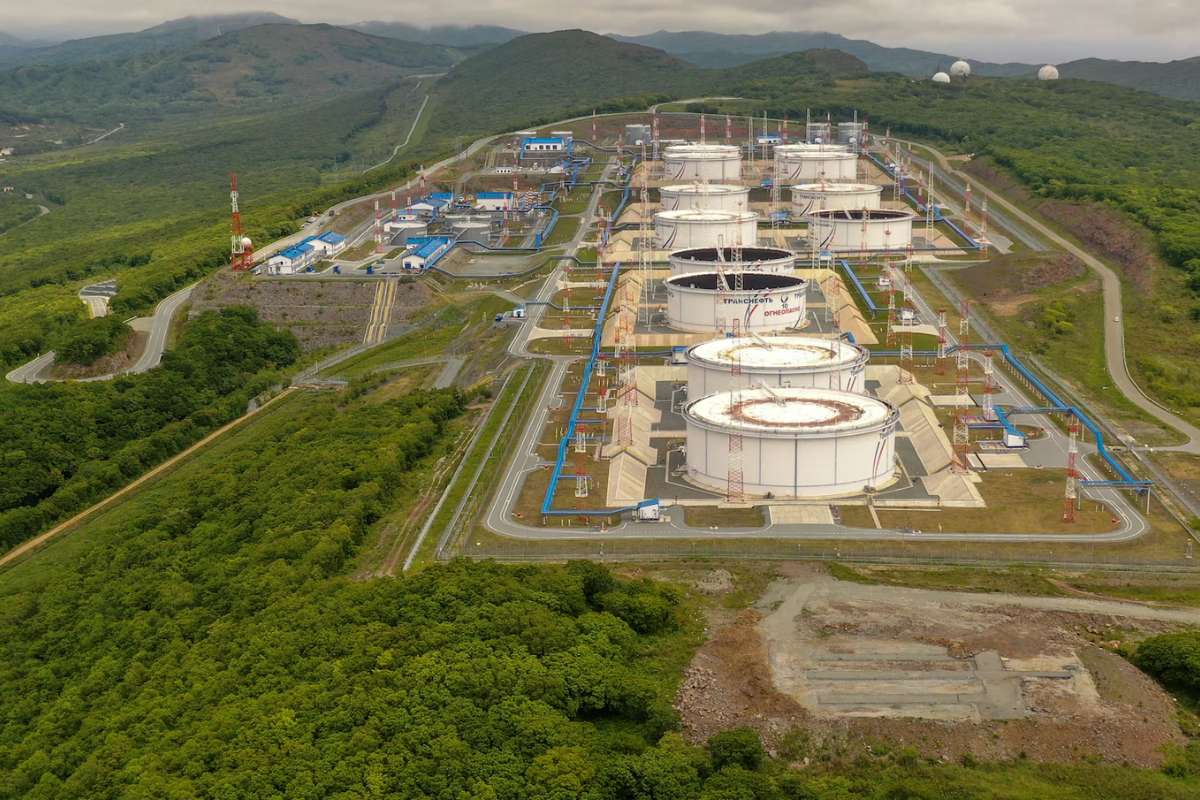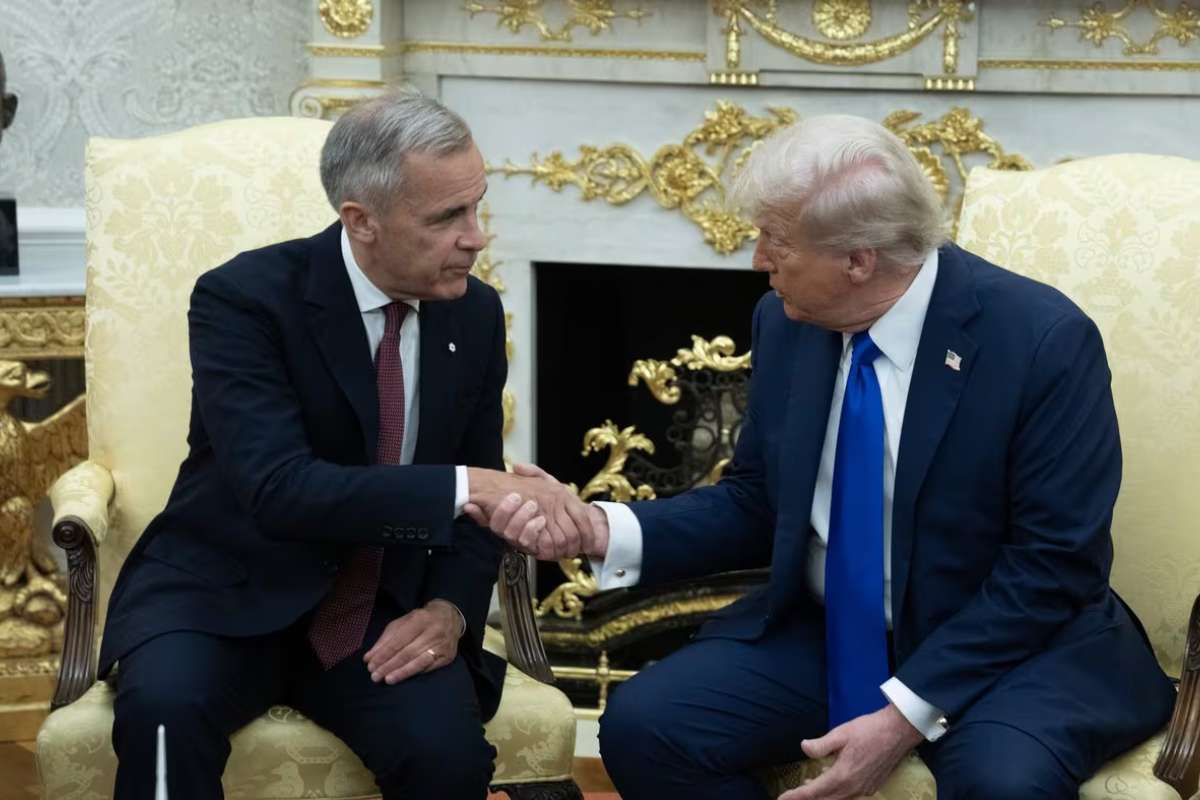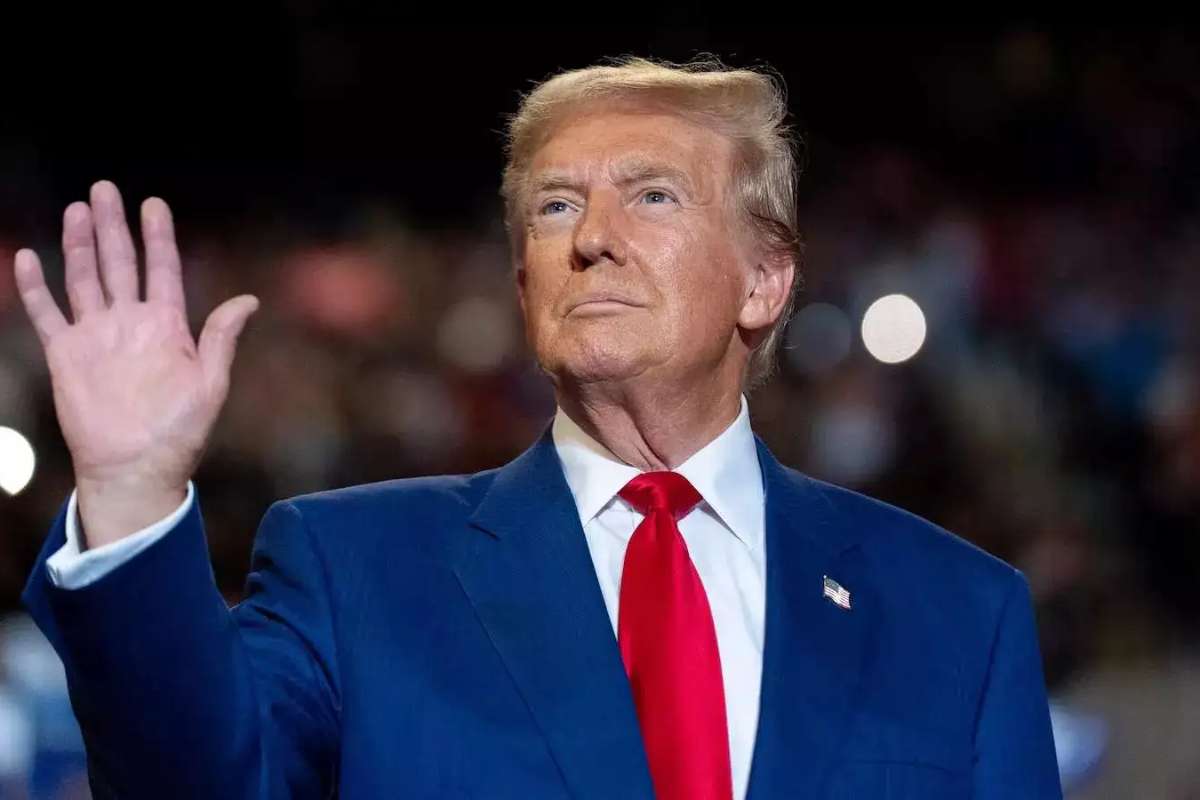China’s target unveiled its updated climate goals Wednesday at the United Nations General Assembly in New York, pledging to cut greenhouse gas emissions by 7% to 10% from their peak levels by 2035. President Xi Jinping announced the plan during a summit of world leaders, positioning it as a step toward the country’s long-term goal of carbon neutrality by 2060.
Experts, however, said the reduction falls well below the 30% cut needed to keep global temperature rise within relatively safe limits. China is the world’s largest carbon dioxide emitter, and its policies are seen as decisive in shaping the success of global climate efforts.
Global reactions and criticism
Xi called on the international community to “stay focused on the right direction” and urged countries to respect the rights of developing nations. He also noted that “some countries” were failing to rise to the climate challenge, an indirect reference to the United States. U.S. President Donald Trump did not attend the summit, having dismissed climate concerns in a speech the previous day.
Climate experts expressed disappointment with China’s targets. Kaysie Brown, associate director for climate diplomacy at E3G, said the 2035 plan “falls critically short of what is needed. It’s neither aligned with China’s economic decarbonisation nor its own 2060 carbon neutrality goal.”
Paul Bledsoe, a former White House climate adviser now at American University, said China’s progress on clean energy was encouraging but too slow. “China could reach these goals much sooner, by the end of this decade,” he said. He urged the government to close outdated coal mines that contribute significantly to global emissions.
Clean energy growth, coal reliance
Despite criticism, analysts noted China’s target significant investments in renewable energy. The country invested $625 billion in clean energy in 2024, accounting for 31% of the global total. Its solar panel and battery production have driven down renewable energy costs worldwide, and clean energy now represents more than 10% of China’s gross domestic product.
Bernice Lee, a fellow at Chatham House, said businesses and governments may focus more on China’s investment trends than on its official targets. “The reality is the country invested heavily in clean energy last year,” she said. “That surge is reshaping the global economy and displacing coal at home.”
Still, coal remains a central part of China’s energy mix. New coal-fired power plants are under development, even after Beijing pledged in 2021 to “phase down” coal. This dependence raises doubts about whether the announced targets can be achieved without stronger measures.
Implications for upcoming climate talks
China’s national plan, known as a nationally determined contribution (NDC) under the Paris Agreement, also includes expanding wind and solar capacity to 3,600 gigawatts by 2035—more than six times its 2020 levels. The plan will help shape negotiations at the COP30 climate summit in Brazil this November, where all countries are expected to present updated NDCs.
Simon Stiell, executive secretary of the UN Framework Convention on Climate Change, has acknowledged that commitments expected at COP30 are unlikely to meet the target of limiting global warming to 1.5 degrees Celsius. The summit in Belém will focus on how inadequate national targets can be strengthened into a more ambitious global plan.
Experts said China’s target direction will influence whether other nations accelerate their energy transitions. “Underpromising and overdelivering is what we expect from China,” one climate diplomat said privately. But many warned that the gap between China’s stated targets and what scientists say is necessary remains wide.
Visit Oil Gas Energy Magazine for the most recent information.

